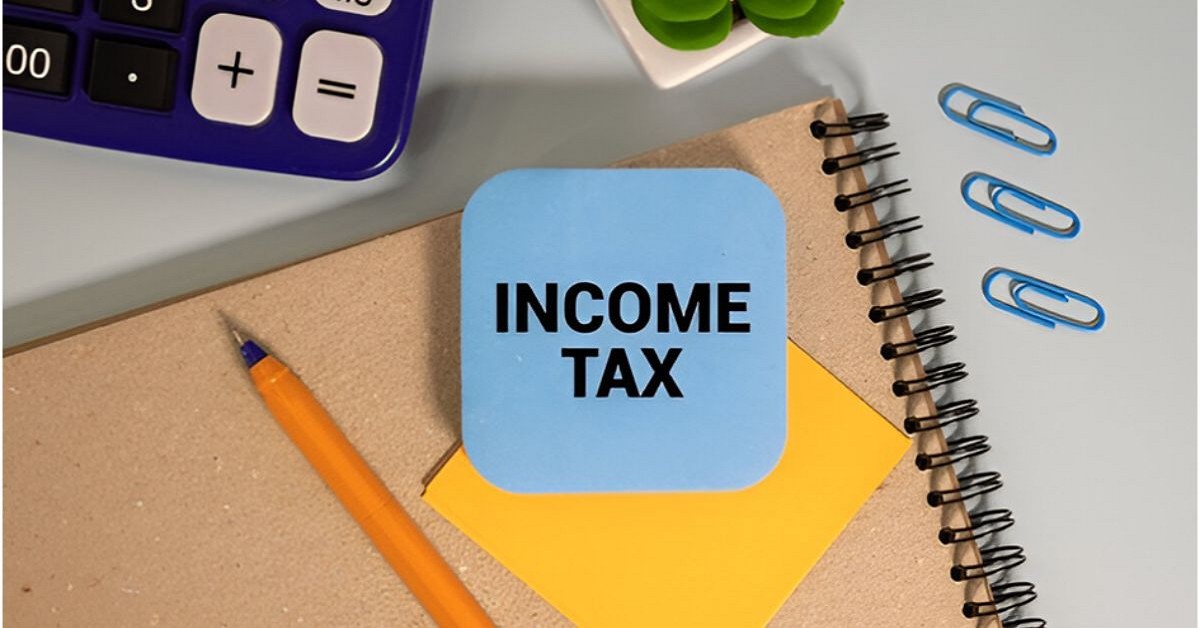Saving taxes is generally thought to be in the domain of Section 80C of the Income Tax Act. While it offers deductions for investment in options like ELSS, PPF and others, there are multiple other areas that a common person can leverage for a tax deduction. It includes health insurance, home loan interest, charity donations and others. Now is the time to avoid missing out on such options to lower your tax burden.

Tax-Saving Options Beyond Section 80C
Explore the various deductions, like 80CCD deduction and others, to learn about all the tax benefits you are eligible for:
Section 24(B)
Taxpayers paying interest on home loans are eligible to make deductions with this section. It allows deduction on interest paid on home loans from their taxable income. The loans should be related to the purchase, construction, or repair of house property. The maximum deduction limit for self-occupied properties is ₹2 lakhs. For rented properties or not occupied by self, there is no upper limit for the deduction, and the overall paid interest can be claimed.
The taxpayers must have taken loans from recognised financial institutions. Additionally, it is available on an accrual basis. Hence, it is available if the interest has not been fully paid during the financial year. The section does not take into account the principal amount of a home loan.
Section 80CCD
It allows tax deductions for contributions to National Pension Schemes (NPS). The 80CCD deductions limit here is ₹50,000. Section 80CCD of the Income Tax Act is applicable to employers, employees and voluntary self-contributions. Further, tax-paying individuals can also avail of these deductions on contributions to Atal Pension Yojana under Section 80CCD (1B). The 80CCD deductions are in addition to the overall deduction limit of ₹1,50,000 under Section 80C.
Section 80D
This section allows tax deductions for health insurance premiums and medical expenses. The tax deduction limit here varies according to the age and type of taxpayer.
For individual taxpayers, the deduction for self, parents, dependent children, and spouse is up to ₹25,000. Senior citizen taxpayers aged 60 years or above can avail of a tax deduction of up to ₹50,000 for the mentioned relations. Additionally, for both of these taxpayers, the deduction for preventive health checkups is up to ₹5,000.
Knowing the intricacies of how to calculate income tax can help identify overall savings with this tax deduction.
Section 80E
The tax deduction for interest on education loans is covered under this section, and there is no specific limit to the amount. Eligible individuals can claim this deduction for loans taken for themselves, their spouses, children, or students for whom they are legal guardians.
Availing Section 80E deduction requires information about important considerations. These are:
- Loan must have been taken from recognised financial institutions or approved charitable institutions for higher education courses
- Taxpayers must be paying the loan to claim deductions
- The deductions must be availed for a maximum span of 8 years beginning from the year of loan repayment
- It cannot be claimed along with any other deduction for the same interest payment under any other section of the Income Tax Act.
Section 80G
It includes deduction for the donations done to charitable organisations. There is no upper limit on tax deductions for donations made via digital transfer. Cash donations up to 2,000 per year are eligible for tax deductions. The individuals and companies are eligible for the benefits from the section if donations are made to the registered organisations.
Section 80RRB
Section 80RRB is for taxpayers who earn royalty income from patents. The tax deduction limit is ₹3 lakhs per annum or the total income earned from royalties, whichever is lower. To avail this deduction, the patent should be registered under the Patents Act 1970 on or after April 1, 2003.
Section 80TTA
Taxpayers can use the Section 80TTA for a tax deduction on the interest earned on savings accounts. It involves a deduction limit of ₹10,000 and is open for both individuals and HUFs. The taxpayers earning interest on saving accounts at any institute, including banks, post offices, and cooperative societies, can take advantage of this option.
Section 80U
This section offers tax deduction benefits to individuals with a disability. The possible tax deduction amount depends on the level of disability. Taxpayers with 40 to 80% disability can claim a deduction of up to ₹75,000. Further, individuals with 80% or more disability can claim deductions up to ₹1,25,000.
Summing Up
Apart from the 80CCD deductions and other key sections, multiple others offer tax deductions. It includes Section 80D, 80DDB, 80EE, 80GG, 80GGA and more. Taxpayers are advised to remain informed to avail the maximum benefit possible. Additionally, familiarity with how to calculate income tax can help identify the overall expenditures and help save accordingly.
FAQs on Tax-Saving Options
1. How can I save tax if 80C is exhausted?
You can implement the following options for tax savings beyond 80C: Section 80D for health insurance premiums, Section 80CCD for National Pension Scheme (NPS) contributions, Section 80E for education loan interest deductions, Section 24 and Section 80EEA for home loan interest, and Section 80G for charitable donations, among others.
2. What are some tax-saving options for elderly people earning interest from savings accounts?
Section 80TTTB offers tax exemptions for elderly people who only rely on their interest earnings from savings accounts and deposits. They can exclude up to INR 50,000 from their total income for the purposes of tax.






 CAclubindia
CAclubindia
